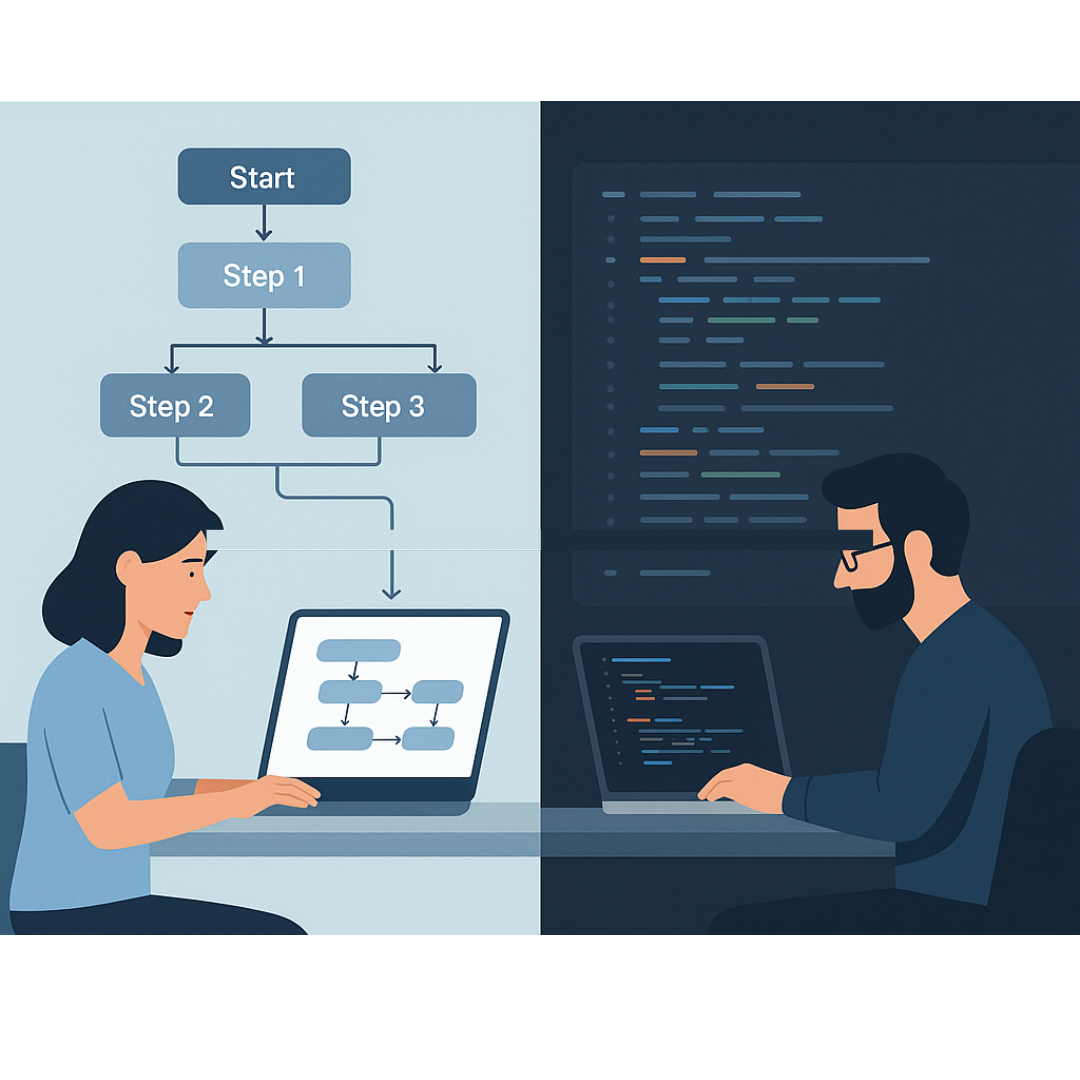Healthcare’s rising costs have been a concern for providers, insurers, governments, and the public for decades. But in recent years, the issue’s urgency skyrocketed, and cost containment in healthcare is now a top priority.
Let’s take a closer look at the big picture of cost containment and review some potential methods of making it a reality – including the strategic use of healthcare technology.
What is Cost Containment in Healthcare?
Broadly speaking, cost containment refers to reducing spending and implementing practices that lower ongoing costs in the long term. In healthcare, many define it as striking a balance between effective cost savings and high-quality patient experiences.
Why is Cost Containment Important in Healthcare?
First of all, it’s a matter of sheer numbers. The most recent projections from the Centers for Medicare and Medicaid Services (CMS) predict that healthcare spending in the US will rise 5.6% each year through 2032.
But it’s not just projections: Costs rose across virtually all healthcare expenditure categories as recently as 2023, including hospital and physician services spending (by 10.4% and 7.4%, respectively). These increases are consistently greater than those of years past.
This alone shows an obvious need for cost containment methods in healthcare organizations. But savings can’t come at the expense of patient care: For example, knee-jerk cuts to headcount or services can easily end up being band-aid solutions with minor long-term benefits and major disadvantages.
Hospitals and other providers must instead consider these and other approaches carefully and implement them strategically. At times, this may mean short-term spending increases to produce long-term cost containment.
Cost Containment in Healthcare: Examples of Common Approaches
Hospital administrators and other organizational leaders can review common cost containment strategies in healthcare below. Ultimately, using a mix of methods may be most effective.
Data-Driven Resourcing and Performance Assessments
The first step toward cost containment is assessing expenditures – determining what’s too high, what needs more capital, and everything in between. Analytics tools make this far simpler than it’s ever been before.
In addition to costs, data and analytics tools give healthcare organizations regular snapshots of efficiency and performance metrics. These can be the basis of strategies that lead to sweeping long-term improvements.
Staffing Optimization
Healthcare organizations that cut staff over concerns about labor costs often increase risks to their patients and lose revenue.
However, creating staff schedules that have the most workers available during the times of greatest need (and vice versa) can thread this needle: Developing schedules that match demand prevents overstaffing and reduces overtime, but doesn’t put patients at risk when emergency rooms are packed.
Value-Based Care
In value-based care, doctors and hospitals are compensated based on the quality of care and results of treatment, rather than for simply providing services. CMS has made value-based models a major part of Medicare and Medicaid.
These models aim to encourage better patient outcomes and more efficient care by providing financial incentives such as upfront payments (and imposing the risk of reduced compensation).
To deliver these results, organizations can implement proactive treatment programs (e.g., diabetes prevention), streamline patient care through better communication between doctors, and personalize experiences through tailored treatment plans. While these may involve an initial investment, they can reduce the number of facility visits for patients to ultimately lower expenses.
Advanced Telemedicine
Although telemedicine technologies have existed for some time (and became vital during the COVID-19 pandemic), not all healthcare organizations use these tools to their fullest potential. This is an easily correctable issue, however, and doing so can help caregivers realize significant cost savings.
When these tools were newer and their advantages weren’t as obvious, healthcare providers might’ve thought the cost of implementation didn’t match the possible benefits.
Now, the spectrum of telemedicine runs the gamut from customizable portals for routine check-ups to mobile apps. These apps integrate with wearable devices and provide real-time health insights for doctors and patients alike. These can reduce in-person visits (and associated costs) while improving the quality of care.
Embrace Technology for Cost Efficiency
If you’re looking to ensure cost containment while maintaining or even increasing the quality of patient care, Digital Scientists offers a wide variety of solutions for the healthcare industry.
We solve complex problems with technology, data, and AI/ML to help healthcare organizations generate ROI and keep costs on an even keel. Contact us to learn more!



